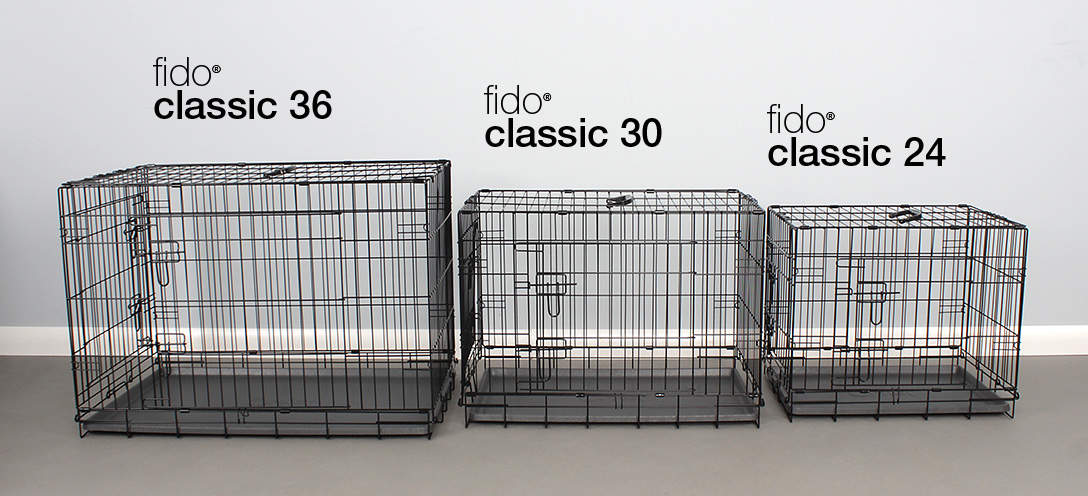Place your new dog crate in the area of the house that you have chosen for your puppy’s resting area. Make sure you choose a spot where he or she can still feel a part of the family, rather than feeling as if they're in the doggy slammer. Bearing this in mind, it's also important to avoid putting the crate in a place that gets a lot of foot traffic. The kitchen is usually the best choice, as it's where people tend to gather in the house.
Avoid placing the crate in an isolated area of your house, as the worst thing you can do is make your new dog feel alienated or separated from their new family!
Introducing Your Dog To A Dog Crate
The first step is to choose the right crate for your dog, and for the situation. For example, do you need a crate within the house, or do you need a portable option?
Your dog crate should be both a place of rest and of reward. It's a good idea to show your dog that the crate is a nice place - you can create a positive attitude towards the space by putting cool things in there, such as treats or their favorite chew toy. Doing this will make the dog associate the crate with positive events, which will make them consider it as a good space. This will also encourage them to use the crate on their own, without you having to ask.
Some dogs feel more comfortable with a blanket draped over their crate to create a doggy cave. If this doesn’t help, remove the blanket and take a slower approach to the way you introduce the crate. For some dogs it may take time, but they will thank you later.
Some excellent options for crates are the Fido Studio and the Fido Classic. Both will provide a safe, secure home for your pet, whether you choose the stationary Fido Studio to stylishly incorporate your dog's crate into your home, or if you opt for the Fido Classic to allow your dog's crate to be used in the car as well as at home.





Comments
Sarah, 2 June 2021
Thanks for the article! Do you think it would be okay to have the dog bed in the bottom for a puppy or is there too much risk for chewing and choking?